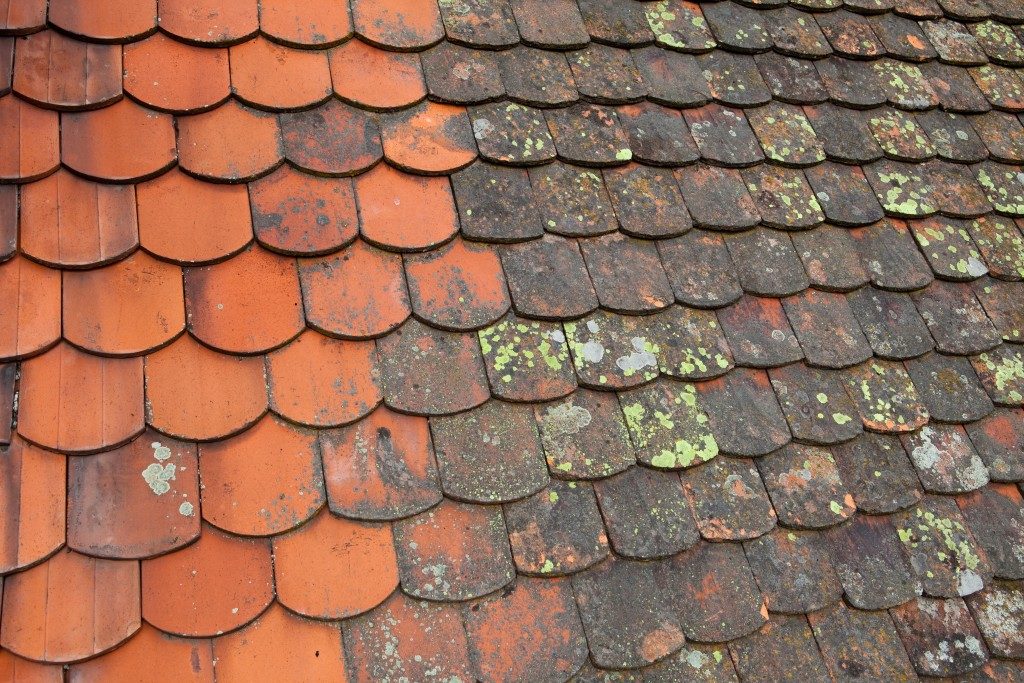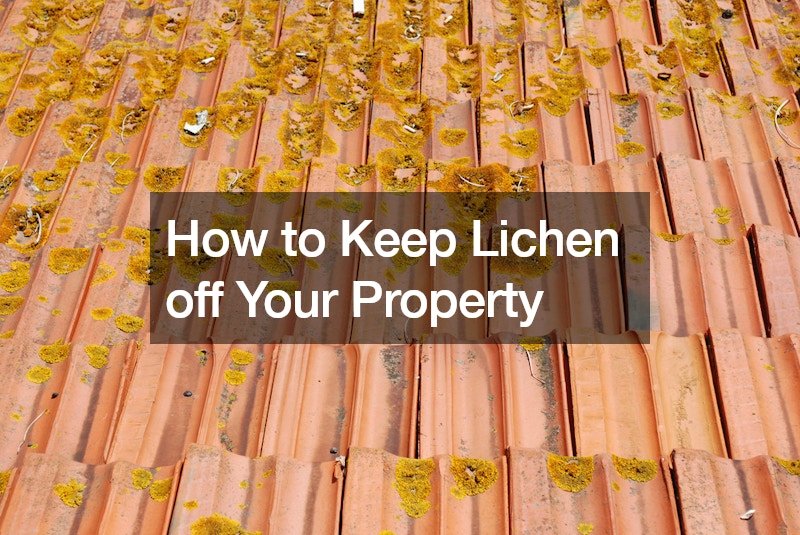One of the worst complications that you could get in your home is roofing issues. That’s because this is one of your home’s largest continuous elements, and this makes it possibly one of the most expensive ones to deal with. If you ever have roof issues, the best thing that you can do is to get them fixed as soon as possible since they’ll get more expensive if they’re ignored for long enough. The roof is also directly exposed to the elements all day and all night, and this means that roofing problems can get worse in a very short time.
If you have a broken roof, you might also have to deal with gutter repair, so make sure that you talk to the relevant experts. This may not even be necessary to do, however, because when an experienced professional inspects the roof, they’ll let you know if they find anything to be amiss. They might even be able to suggest the right steps to take in order to get the necessary fixes and repairs done in a good time and in the best possible way. In this case, listen to their advice so that you can be assured of keeping your roof in great shape, both in terms of structural soundness and appeal.
It may seem harmless and unassuming, but lichen can cause permanent damage to outdoor surfaces when left unaddressed for a period of time. Lichen growth could speed up wear and tear on wherever it is growing, which could pose a danger for properties, particularly for roofs, as the gradual damage may increase the risk of collapse.
What is lichen?
A fungus and a photosynthesising plant living together make up lichen. Like mosses, lichens thrive in damp environments. There is a wide range of colours a lichen can have and this mostly includes white, red, orange, yellow, green, blue, brown, black and grey. Usually, lichen can be one of three different types, which are foliose, fruticose and crustose. Foliose lichens have distinct top and bottom sides, and could be flat, leafy or ridged. Lichens that look like tiny shrubs with round or flat branches are fruticose lichens. Meanwhile, ones that are in patches that form a crust on a surface are called crustose lichens.
Getting rid of lichen

Brushing and scraping them off with coarse tools are common methods of lichen removal. Although these ways require a great amount of time and effort, it is nearly impossible to fully remove lichen through this, especially if you are working on large areas such as roofs. Using such methods might also accidentally damage the protective layer of the surface from which you are removing the lichen.
A relatively easy way to remove lichen is to use vinegar. To do this, you must first clear the area of any organic debris that accommodates the growth of lichen, such as leaves and twigs. Scrape away the lichen patches using a stiff brush. Afterwards, fill a bucket with distilled white vinegar, the acetic acid strength of which should be no more than 5%, and then add 30 ml of washing-up liquid before pouring the mixture into a spray bottle. Spray the mixture onto the area and wait for a couple of days. After which, you will have to use the brush once more to remove the dead lichen. You may require lichen mark removal services for a more thorough lichen removal.
Another household solution for removing lichen requires the usage of chlorine bleach. It is an inexpensive solution, but it could corrode the surface you are cleaning, lighten the colour of the area, kill landscape plants and ruin fabrics. The bleach may also burn the skin, so be advised of this method’s hazards.
Prevention
You may inhibit the growth of lichen by installing metal strips such as galvanised steel, copper and zinc which can be purchased from DIY stores and garden centres. If your area is surrounded by trees, you may also consider trimming overhanging branches for direct sunlight to dry out the moisture in the lichen.
The best way to prevent the growth of lichen on your property is, of course, regular cleaning. Clearing debris from lichen-prone surfaces and having them routinely pressure washed can be great prevention measures.
We may find lichen undesirable due to the damage it can cause the surfaces on which it grows. Despite this, do not forget that lichen, just like any organism,benefits us and the environment — we just want to keep them off our property.



